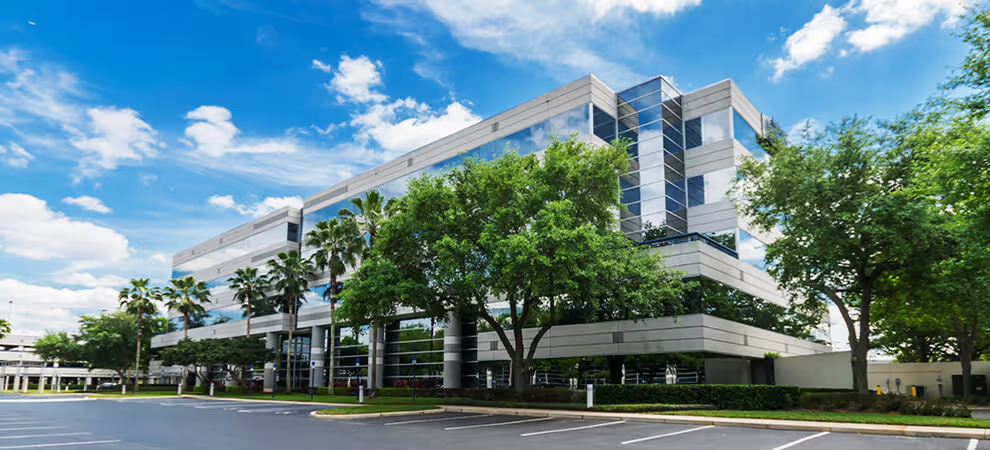“By implementing Verdigris Adaptive Automation on our three assets with the highest electricity costs, we are reducing energy waste and increasing net operating income. We look forward to exploring how Verdigris can help us save across our portfolio.”
— Bradley Seiden, Managing Director at Innovatus Capital Partners
The Challenge
Innovatus Capital Partners is a New York-based boutique specialty finance firm with $1.6 billion in assets under management. With an investment objective focused on capitalizing on disruption and growth, Innovatus recognizes the importance of integrating emerging technologies across its nationwide commercial building portfolio.
Recognizing the opportunity to use real-time data and AI to reduce energy costs, Innovatus turned to Verdigris to implement Adaptive AutomationTM at three initial properties in Orlando, FL, Miami, FL, and San Rafael, CA.
The Approach
Adaptive Automation does for a building what a self-driving system does for a car. It enables building management systems (BMS) to operate while adapting to changing building conditions autonomously, ensuring continuous and maximized system performance. The goal? Make the cooling supply more responsive to the demand in the building.
First, we combined the real-time, high-frequency data captured by Verdigris energy meters with data pulled from the building management system (BMS) and other third-party sources such as weather data. Verdigris’ AI then used this ingested data to develop forecasts on a 15-minute interval.
Next, we looked at areas for optimization, focusing on two opportunities for the buildings in Innovatus’ portfolio:
- Reduce overnight chiller and pump usage and cooling: The equipment appeared to be using a decent amount of energy overnight.
- Relax supply temperatures slightly during the day: There is an opportunity to allow the supply temperature to rise slightly, without impacting occupant comfort.

*Figure 1. Looking for improvement opportunities by examining the building’s energy usage patterns.*
The Results
To find a chiller supply water temperature that minimizes energy usage while meeting predicted demand, the model separated the data set into working hours and overnight hours. Verdigris found that for both time periods, the chiller was cooling the water more than necessary.
Figure 2 shows what the optimization revealed for one of the buildings:
- For overnight hours, highlighted in purple, there is an opportunity to move the supply temperature up 6-8 °F to 53 °F. At the lower bound, shifting the temperature 6 °F for the ten hour period translates to an energy savings of 292,725 kWh per day.
- For working hours, highlighted in yellow, there is an opportunity to move the supply temperature up 2-4 °F to 49 °F. The smaller shift reflects a desire to be more conservative and ensure the comfort of building occupants is not compromised. At the lower bound, shifting the temperature 2 °F for the fourteen hour period translates to an energy savings of 136,605 kWh per day.

*Figure 2. Adaptive Automation reveals opportunity to increase chiller supply water temperatures during working and overnight hours without compromising occupant comfort.*
In addition to the baseline savings, Adaptive Automation contributes demand savings. By shifting a little energy usage off the highest peak, and carrying the optimization through the remainder of the peak period, Adaptive Automation helps Innovatus realize significant demand savings in addition to the baseline savings.
For each of the three buildings, the Adaptive Automation building performance analysis revealed initial annual savings of $15,000 to $23,000, or $0.10 to $0.17 per square foot.
What's Next?
Based on the initial performance analysis, Innovatus is operationalizing the Adaptive Automation implementations, and exploring rolling out the Verdigris solution to additional buildings in its portfolio.
Footnotes
Contact us to connect with a product specialist.





